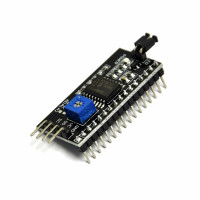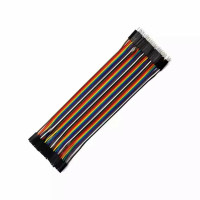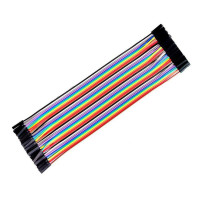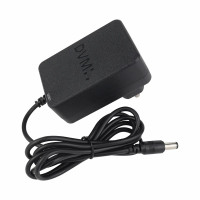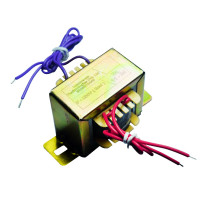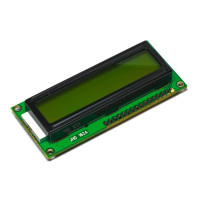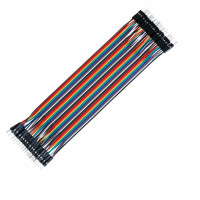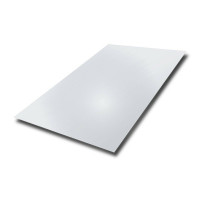Description:
The Arduino Uno SMD is a compact
version of the classic Arduino Uno, featuring an ATmega328P SMD (Surface-Mount
Device) microcontroller instead of a DIP package. It retains all the
functionalities of the standard Uno R3, including USB connectivity via the
ATmega16U2, 14 digital I/O pins, 6 analog inputs, and onboard PWM capabilities.
Ideal for DIY electronics, embedded systems, and IoT applications, it offers ease
of use, flexibility, and reliability in a smaller, more robust form factor.
Power
- Power Source: Can be powered via USB or external
power supply.
- External Power Supply:
- Voltage Range: 6V to 20V (recommended 7V to 12V)
- Adapter Connection: 2.1mm center-positive plug
for power jack or battery connection via GND and VIN pin headers.
- Voltage Regulation: If supplied with less than
7V, the 5V pin may provide unstable voltage. Over 12V may cause
overheating of the voltage regulator.
Power Pins
- VIN: Input voltage for external power source.
- 5V: Regulated 5V supply for the microcontroller
and components.
- 3.3V: 3.3V supply from onboard regulator (maximum
50mA).
- GND: Ground pins.
Memory
- Flash Memory: 32KB (with 0.5KB used for
bootloader).
- SRAM: 2KB.
- EEPROM: 1KB (read/write with EEPROM library).
Input and Output
- Digital I/O Pins: 14 pins (pins 0 to 13) can be
used as inputs or outputs, with 40mA max current per pin.
- Serial: Pins 0 (RX) and 1 (TX) for TTL serial
communication.
- External Interrupts: Pins 2 and 3, for
interrupt-driven events.
- PWM: Pins 3, 5, 6, 9, 10, and 11, for 8-bit PWM
output.
- SPI: Pins 10 (SS), 11 (MOSI), 12 (MISO), and 13
(SCK) for SPI communication.
- LED: Built-in LED on pin 13.
- Analog Inputs: 6 pins (A0 to A5), each providing
10-bit resolution (1024 values), can measure from 0 to 5V by default.
- I2C: Pins A4 (SDA) and A5 (SCL) for I2C
communication.
Special Pins
- AREF: Reference voltage (0-5V) for analog inputs.
- Reset: Pin to reset the microcontroller.
Communication
- Serial Communication: UART TTL serial on pins 0
(RX) and 1 (TX).
- USB Communication: Via an ATmega8U2 chip, which
acts as a USB-to-serial converter.
- SoftwareSerial: Allows serial communication on
other digital pins.
- I2C (TWI): Supports I2C communication via the
Wire library (on pins A4 and A5).
- SPI: Supports SPI communication via the SPI
library.
Programming
- Bootloader: Preburned ATmega328 bootloader,
supports uploading new code via USB without the need for an external
programmer.
- ICSP: ICSP header for in-circuit serial
programming (ISP).
- DFU Mode: Can enter DFU mode by shorting pins 5
and 6 of the ATmega8U2 ICSP connector.
Automatic Reset
- Software Reset: Automatically resets the Arduino
Uno via software (DTR from the ATmega8U2 to reset the ATmega328).
- Auto-reset Disabled: Can be disabled by cutting a
trace labeled "RESET-EN" or by adding a 110-ohm resistor from 5V
to reset pin.
USB Overcurrent
Protection
- Polyfuse: Protects the USB port from shorts or
overcurrent by cutting off the connection if current exceeds 500mA.
Physical
Characteristics
- Dimensions: 2.7 inches (length) by 2.1 inches
(width).
- Mounting: Four screw holes for attaching the
board to a surface.
- Pin Spacing: Distance between digital pins 7 and
8 is 160 mil (0.16"), not a multiple of the standard 100 mil spacing.
Applications of
the Arduino Uno SMD
1. Prototyping
and DIY Electronics
2. Home
Automation Systems
3. Robotics
4. Wearable
Electronics
5. Sensor
Data Collection and Analysis
6. Educational
Applications
7. Automated
Systems
8. Communication
Systems
9. Gaming
10. Art
and Interactive Installations
11. Control
System







